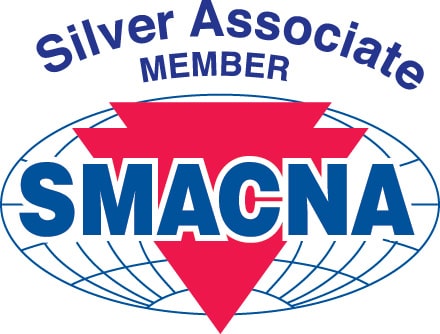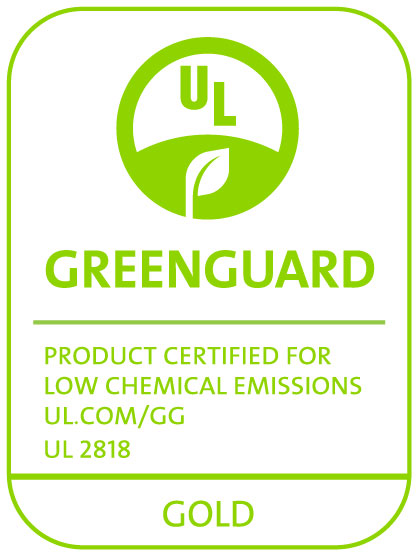An insulation’s primary purpose is to reduce heat transfer between one surface and another or a surface to the surrounding environment. Thermal conductivity, also known a K-Value, measures an insulation’s…
Learn MoreBlack Low VOC Insulation Adhesive
April 28, 2022
Insulation Adhesive Applications & Purposes Insulation adhesives are formulated for the installation of insulation over common mechanical equipment applications such as: VRF pipe insulation VRV pipe insulation Refrigeration pipe insulation…
Learn MoreRefrigeration – AEROFLEX USA
April 22, 2022
Commercial and industrial refrigeration systems (piping, fittings, and vessels) typically operate in the 35°F to -100°F range. These continuous service temperatures are typically below-ambient and under constant threat of condensation…
Learn MoreCalculation of R Value
April 14, 2022
Thermal insulation for commercial and industrial mechanical systems (piping, ducts & equipment), also known as mechanical insulation, serves to reduce heat transfer between one surface and another or a surface…
Learn MoreInsulation on Pipes
April 8, 2022
Insulate means to prevent the passage of heat, electricity, or sound by surrounding the area of concern with a non-conductive material. Thermal insulation prevents the transfer of heat because it…
Learn MoreWe are often asked for the shelf life of various AEROFLEX EPDM™ insulation and accessories. For all products, the stated shelf life is dependent on product storage. Learn More
Learn MoreWhat is EPDM Insulation?
March 18, 2022
This post will break down the key differences between two types of closed cell elastomeric foam insulation - EPDM (Ethylene Propylene Diene Monomer) insulation and NBR/PVC (Nitrile Butadiene Rubber/Polyvinyl Chloride).…
Learn MoreFlexible elastomeric pipe insulation has been available in the United States since the early 1950s. It is also known as closed cell elastomeric insulation, cellular foam insulation, closed cell elastomeric…
Learn MoreInsulation thickness determines success or failure when insulating below-ambient (cold) piping & equipment systems. For under-insulated systems, condensation will build up on the insulation surface and eventually cascade over building…
Learn MoreSpecifying the Best Chilled Water Insulation
February 15, 2022
Chilled water systems (CHW) serve a pivotal role in delivering conditioned air to building spaces and ultimately contributing to occupant comfort in buildings. It is estimated that 15%-20% of all…
Learn More










